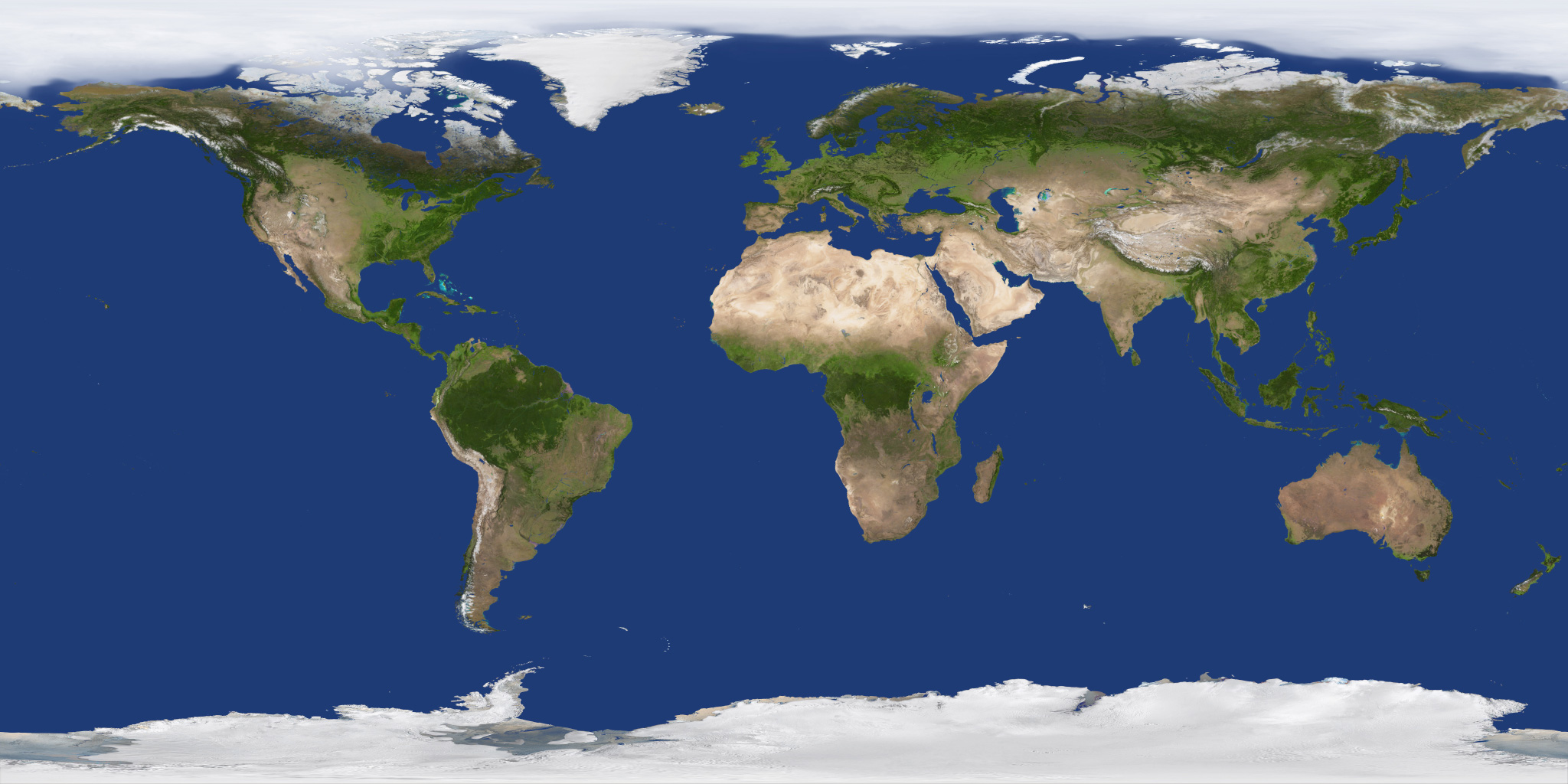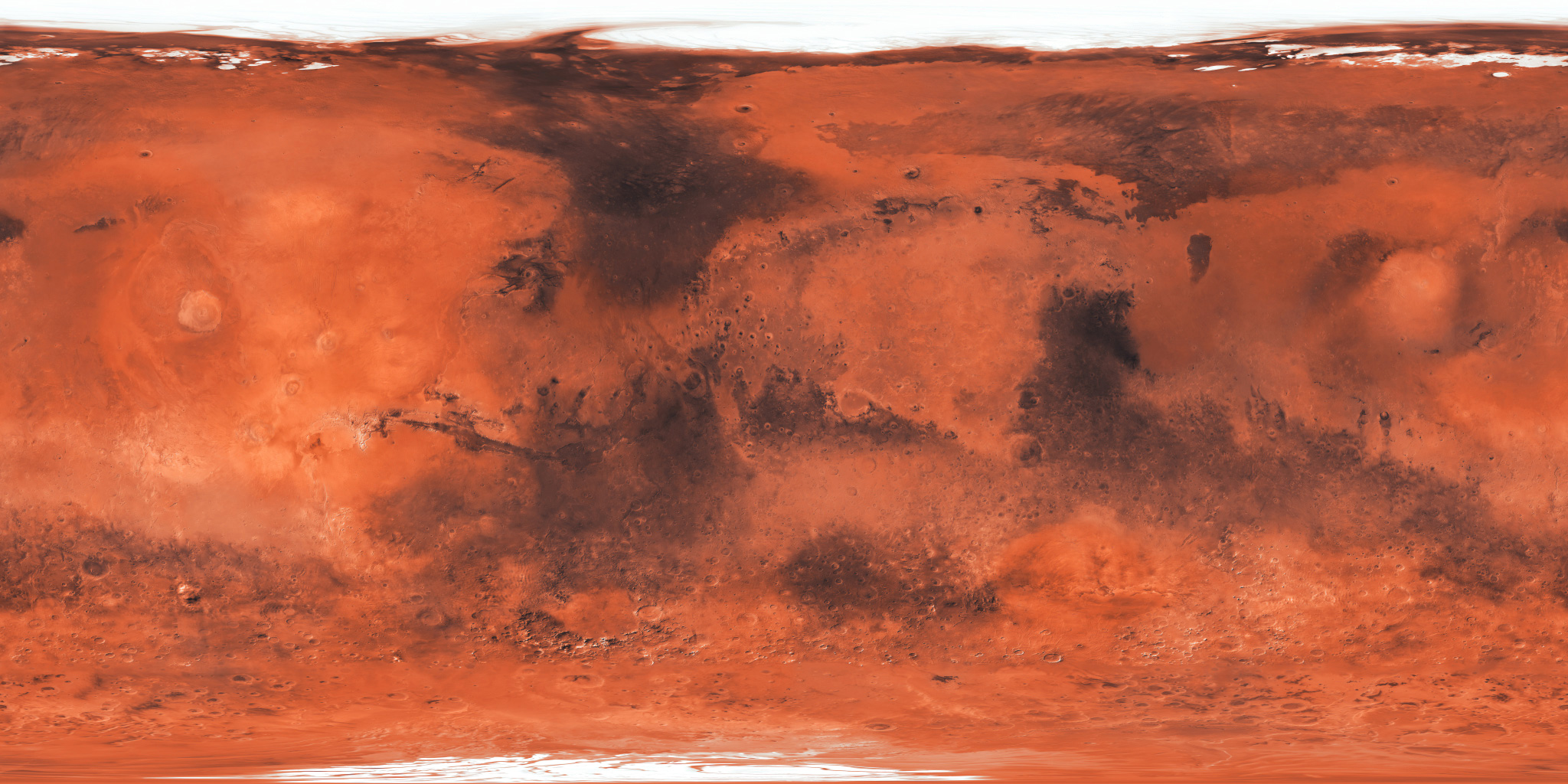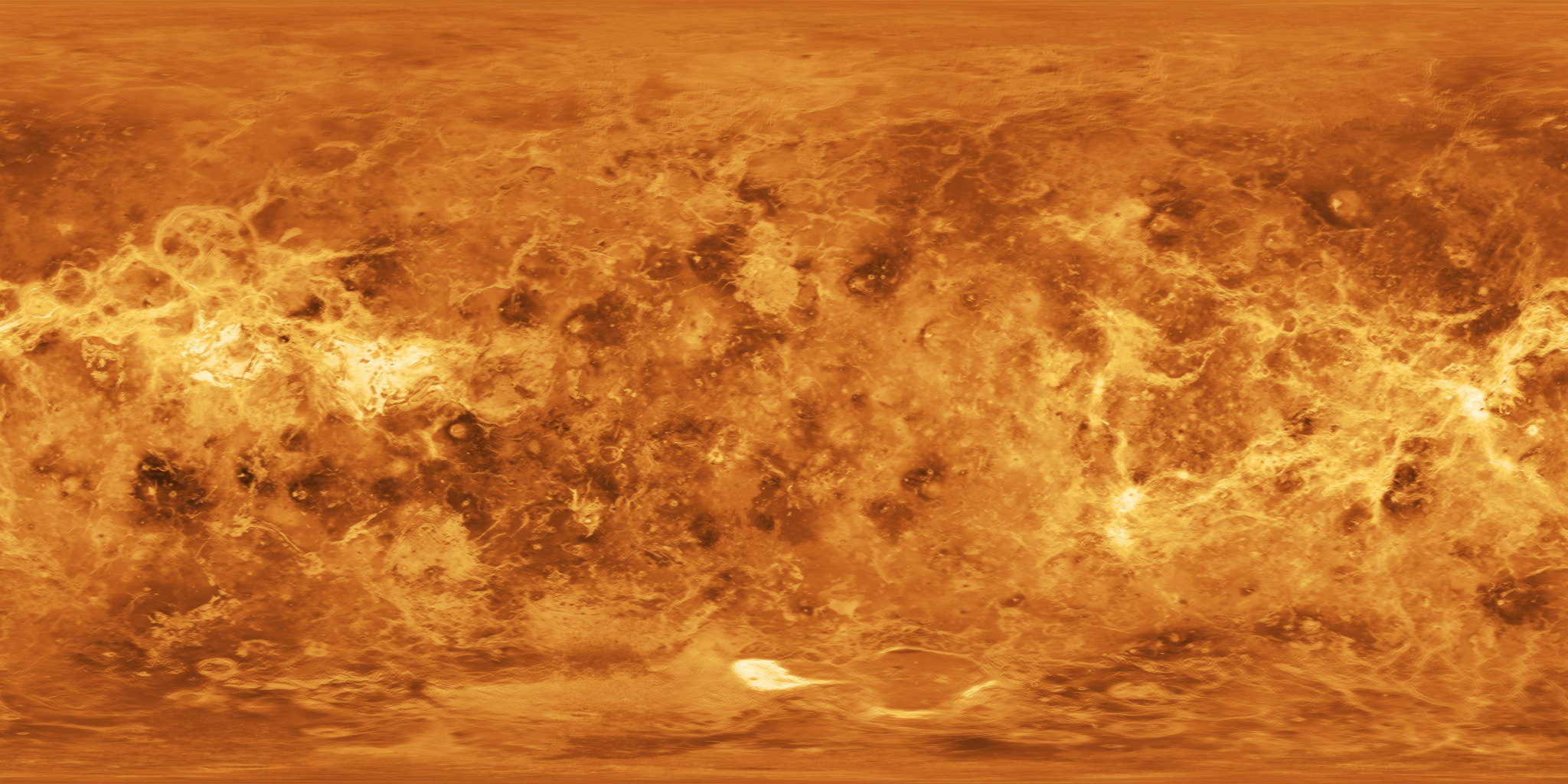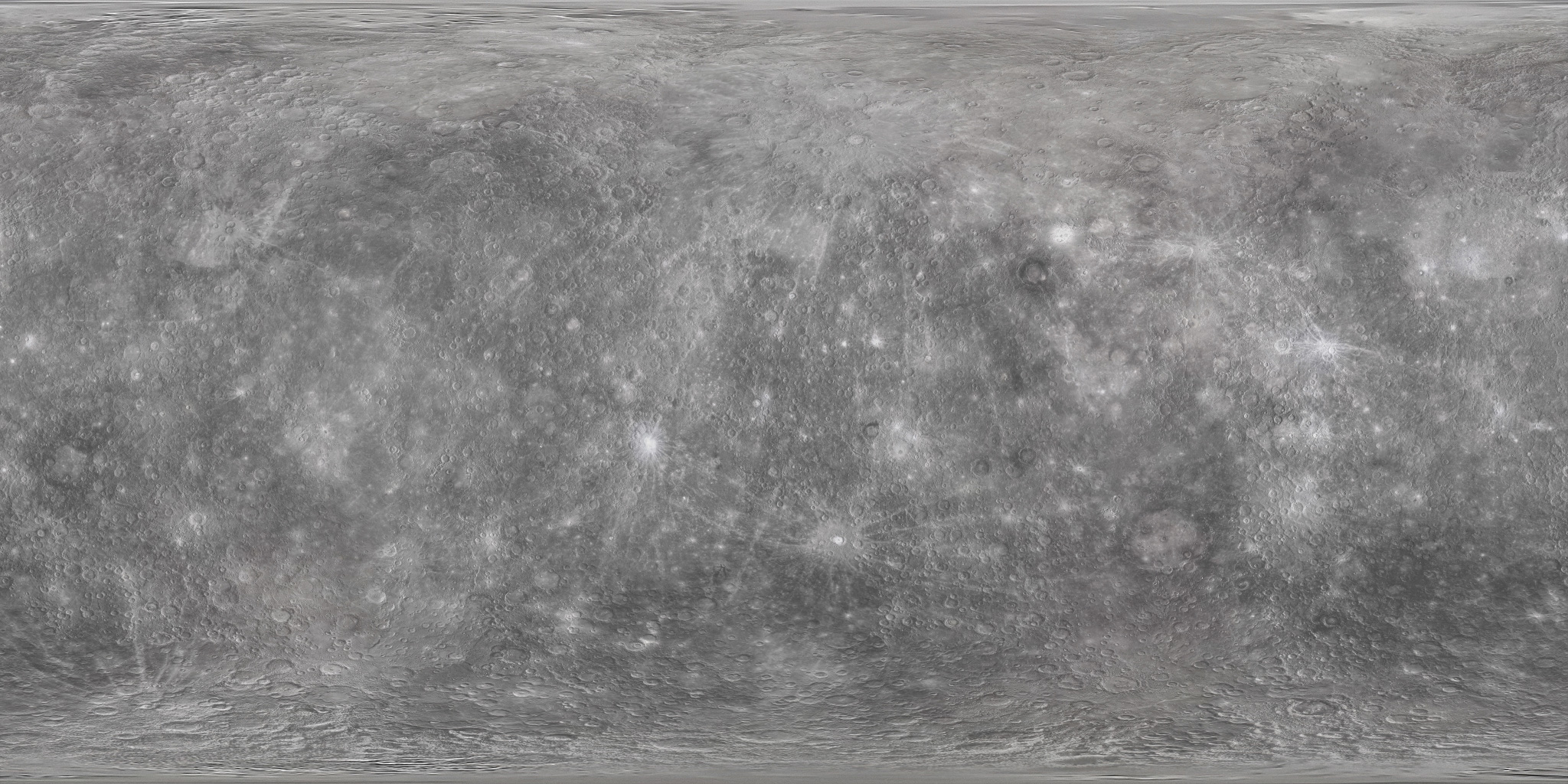Explore the cosmos
Advanced space simulation and interactive stellar cartography with unprecedented realism
Core Systems
Our integrated suite of advanced tools for cosmic exploration and simulation
Featured Star System
Explore the fascinating Kepler-16 binary star system with unprecedented detail
Kepler-16 Binary System
Known as the "Tatooine" system, where planets orbit two stars
System Overview
Kepler-16 is a binary star system about 200 light-years from Earth. It's one of the first discovered systems where planets orbit two stars, similar to the fictional planet Tatooine from Star Wars.
Distance from Earth
200 light years
Star Type
Binary System
Known Planets
3 confirmed
Habitable Planets
Kepler-16b (65%)
Scientific Interest
This system demonstrates complex orbital mechanics and provides crucial data about planet formation in binary star systems.
Habitability
While most of the system falls outside the traditional habitable zone, Kepler-16b has regions that could potentially support life.
Discovery
First discovered in 2011 by NASA's Kepler mission, this system continues to be studied for its unique planetary dynamics.
Exoplanet Discovery
Latest findings from our comprehensive exoplanet database
Exoplanet Discovery
Browse and filter through thousands of confirmed exoplanets with detailed information about their properties and habitability scores.

Kepler-442b
Super Earth

TRAPPIST-1e
Terrestrial
Distance
40 light years
Discovered
2017
Atmosphere
Dense atmosphere
Water
Surface water detected

Proxima Centauri b
Rocky
Distance
4.2 light years
Discovered
2016
Atmosphere
Thin atmosphere
Water
Possible subsurface water
Explore our database of 5,000+ confirmed exoplanets
View CatalogHabitability Dashboard
Analyzing potential for life on discovered exoplanets with advanced metrics
Habitability Dashboard
Our advanced habitability scoring system analyzes multiple factors to determine which exoplanets might support life as we know it.
Planetary Comparison

Earth
100%
Kepler-442b
84%
TRAPPIST-1e
78%
Proxima Centauri b
72%
Mars
45%
Venus
20%Earth
0 light years
Habitability Factors
Temperature
Maintains a surface temperature that allows for liquid water
Atmosphere
Has a protective atmosphere with suitable composition
Water
Contains significant amounts of water on its surface
Radiation
Protected from harmful stellar and cosmic radiation
Habitability Summary
Perfect conditions for life as we know it, with liquid water oceans, moderate temperatures, and a protective atmosphere.
Travel Simulator
Calculate journey time between star systems with different propulsion technologies
Interactive Travel Simulator
Calculate interstellar travel times with relativistic effects
Select Destination
Selected destination is Proxima Centauri, located 4.2 light years from Earth.
Travel Simulator
Calculate travel times between Earth and exoplanets using different propulsion technologies, accounting for relativistic effects and resource requirements.
Multiple Propulsion Systems
Chemical, ion, nuclear, and antimatter propulsion options
Time Dilation Calculator
Compare Earth time vs. traveler time with relativistic effects
Resource Requirements
Calculate fuel, energy, and supplies needed for the journey
Knowledge Base
Comprehensive collection of scientific data on space exploration and astronomy
Astronomy
- Star Systems
- Celestial Mechanics
- Galactic Structure
Physics
- Quantum Mechanics
- Relativity
- Particle Physics
Space Engineering
- Propulsion Systems
- Life Support
- Navigation
Xenobiology
- Extremophiles
- Biosignatures
- Habitability
Interactive Learning
Master space exploration concepts through immersive simulations and interactive exercises
Space Flight Academy
Master the principles of space navigation, orbital mechanics, and advanced propulsion systems through interactive simulations and guided exercises.
12
Modules
24
Hours
Stellar Cartography
Learn to navigate the cosmos using our advanced star mapping tools. Plot courses between star systems and understand celestial mechanics.
8
Modules
16
Hours
Ready to explore the cosmos?
Join our growing community of space enthusiasts, scientists, and explorers to embark on an incredible journey through the universe.